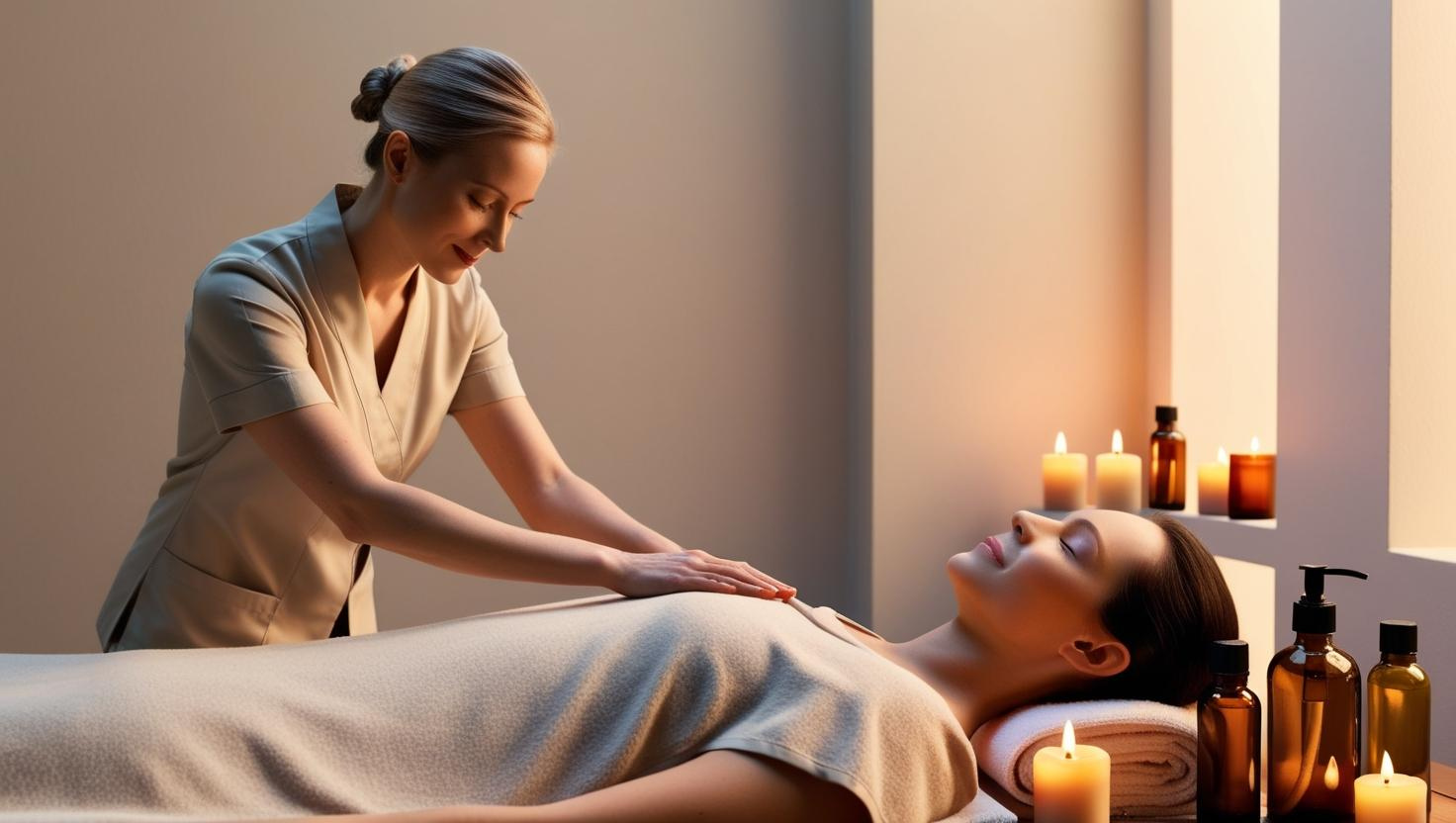What Is Swedish Massage?
Discover what Swedish massage is, how it works, and its benefits. Learn about techniques, health advantages, and what to expect during a session.

Introduction
Swedish massage is one of the most popular and widely practiced types of massage therapy in the world. Known for its gentle yet effective techniques, this classic modality is often recommended for beginners and those seeking relaxation, stress relief, and overall well-being. In this guide, we explore the origins, techniques, benefits, and what you can expect from a Swedish massage session.
History and Origins
Swedish massage was developed in the early 19th century by Per Henrik Ling, a Swedish physiologist. Although the exact origin story is debated, Ling’s techniques—blending physical therapy and gymnastics—laid the foundation for modern Western massage therapy.
Key Influences
- European physiotherapy and anatomy
- Ancient Greek and Roman therapeutic massage
- Modern physical rehabilitation science
Core Techniques of Swedish Massage
Swedish massage is characterized by its use of five fundamental strokes:
1. Effleurage (Gliding)
Long, sweeping strokes that warm up the muscles and promote blood flow.
2. Petrissage (Kneading)
Rhythmic lifting, rolling, and squeezing of soft tissues to improve circulation and flexibility.
3. Tapotement (Percussion)
Light tapping or rhythmic striking to stimulate muscles and nerves.
4. Friction
Deep circular movements that target knots and adhesions in muscle tissue.
5. Vibration
Rapid shaking or trembling movements that relax and stimulate muscles.
What Happens During a Swedish Massage Session?
Before the Session
- Intake form and consultation to assess health conditions, preferences, and goals
- Selection of massage oil or lotion (often infused with calming scents)
During the Session
- Typically lasts 60–90 minutes
- Performed on a massage table with draping for privacy
- Therapist begins with light strokes and gradually deepens pressure
- Focuses on full-body relaxation, though custom areas can be requested
After the Session
- Light soreness may occur, especially in tense areas
- Drink water to help flush out toxins
- Relaxation and improved mood often follow
Benefits of Swedish Massage
Physical Benefits
- Increases blood and lymphatic circulation
- Enhances oxygen flow to muscles
- Eases muscle tension and stiffness
- Improves flexibility and posture
Mental and Emotional Benefits
- Reduces cortisol (stress hormone) levels
- Boosts serotonin and dopamine
- Promotes mental clarity and calmness
- Improves sleep quality
Who Should Try Swedish Massage?
Ideal for:
- First-time massage clients
- Individuals with mild to moderate muscle tension
- Those seeking general wellness and stress relief
Not ideal for:
- Deep tissue therapeutic needs
- Acute injuries or severe inflammation (consult your doctor)
Swedish Massage vs. Deep Tissue Massage
| Feature | Swedish Massage | Deep Tissue Massage |
|---|---|---|
| Pressure | Light to moderate | Moderate to deep |
| Purpose | Relaxation and circulation | Targeting chronic tension |
| Pain Level | Minimal | Can be uncomfortable |
| Audience | Beginners, general wellness | Athletes, injury recovery |
Choosing the Right Therapist
When selecting a Swedish massage therapist:
- Ensure proper licensing and certification
- Read reviews or get referrals
- Choose a therapist who communicates clearly about pressure preferences and goals
Precautions and Contraindications
Swedish massage is generally safe, but avoid it if you have:
- Blood clotting disorders
- Open wounds or recent surgery
- Fever or infections
- Severe osteoporosis
Always consult your healthcare provider before booking if you have health concerns.
Conclusion
Swedish massage remains a cornerstone of modern bodywork for good reason. Its gentle, flowing techniques offer profound relaxation, pain relief, and emotional well-being. Whether you’re new to massage or simply seeking a therapeutic pause from daily stress, Swedish massage is a time-tested choice that nurtures both body and mind.
FAQs
1. How often should I get a Swedish massage?
For general wellness, once every 2–4 weeks is beneficial. More frequent sessions may be helpful during periods of high stress.
2. Is Swedish massage painful?
No. It uses light to moderate pressure and is designed to relax, not cause discomfort.
3. Can I request focus on certain areas?
Yes. Most therapists will tailor the session to your specific needs.
4. Do I have to be completely undressed?
You undress to your comfort level. Therapists use professional draping techniques to ensure your privacy.
5. Is Swedish massage suitable during pregnancy?
Yes, but only from the second trimester onward and with a therapist trained in prenatal massage.


Comments